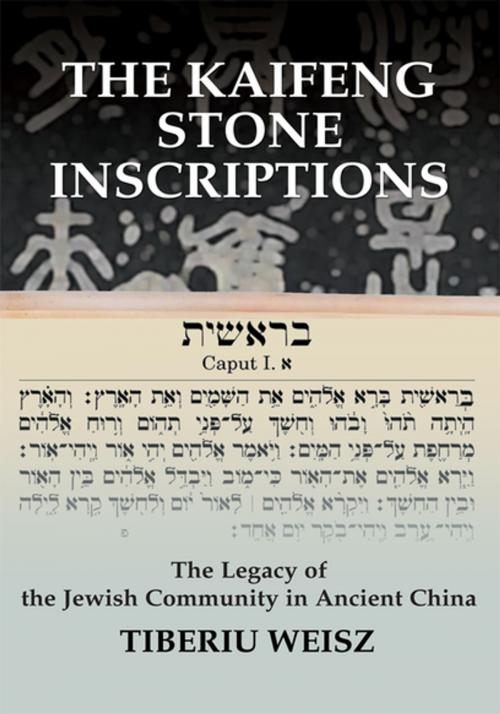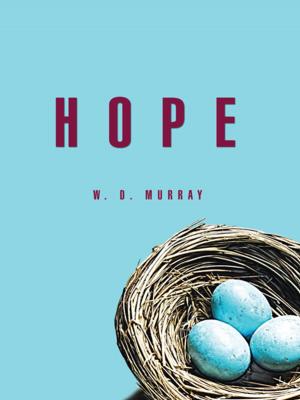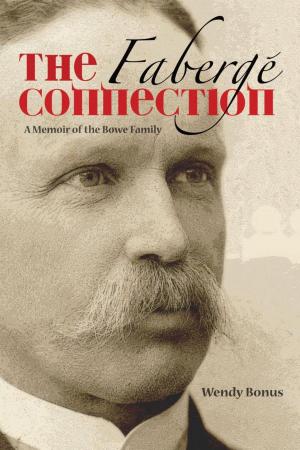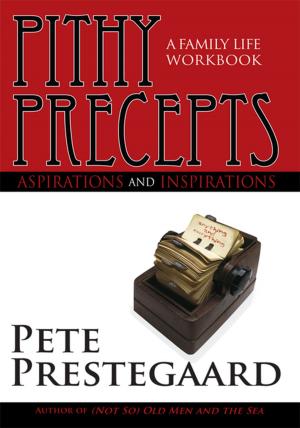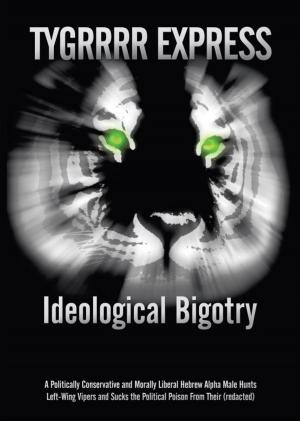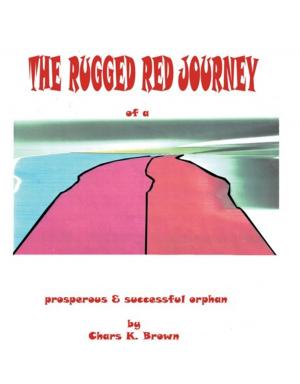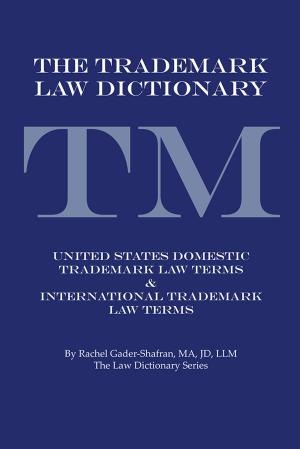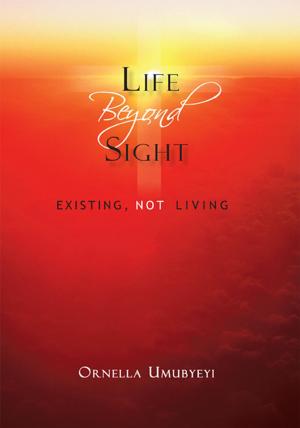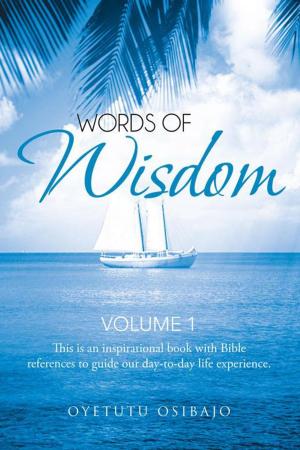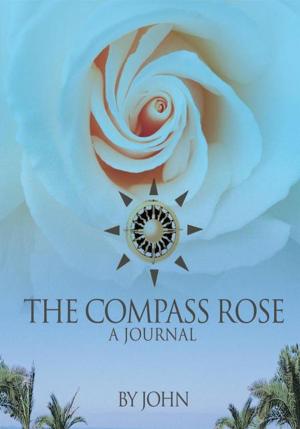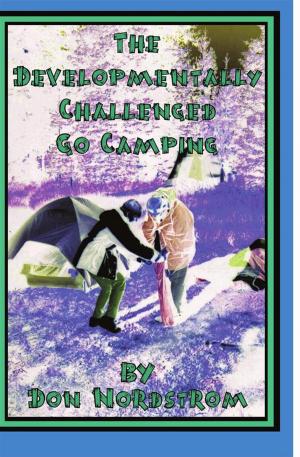The Kaifeng Stone Inscriptions
The Legacy of the Jewish Community in Ancient China
Nonfiction, History, Asian, China, Religion & Spirituality, Reference| Author: | Tiberiu Weisz | ISBN: | 9780595817382 |
| Publisher: | iUniverse | Publication: | January 6, 2006 |
| Imprint: | iUniverse | Language: | English |
| Author: | Tiberiu Weisz |
| ISBN: | 9780595817382 |
| Publisher: | iUniverse |
| Publication: | January 6, 2006 |
| Imprint: | iUniverse |
| Language: | English |
Points East, A Publication of the Sino-Judaic Institute, Vol. 23 No. 2, July 2008 The Covenant and the Mandate of Heaven: An In-depth Comparative Cultural Study of Judaism and China. By Tiberiu Weisz (iUniverse, 2007) Reviewed by Vera Schwarcz, Director/Chair, Freeman Center for East Asian Studies, Wesleyan University, CT. This is, simply put, a bold visionary book. It invites readers to contemplate distant and disparate events and thinkers in a way that weaves a common tapestry. The author is generous minded, erudite and provides readers with all the information needed for this cross-cultural journey. The challenge of this adventure remains daunting nonetheless. Kang Youweis words to Guangxu emperor in 1898 (quoted by Weisz on p 177) apply to reading this book as well: It is indeed like climbing a tree to seek fish- tough, but not foolish. In the end, the reward in understanding both Chin and Judaism is immense. Tiberiu Weisz is not a newcomer to cross cultural dialogues. With origins stretching back to Transylvania (like myself), he is familiar with the mixtures of languages and religions from back home. A long time scholar of the Kaifeng stones inscriptions and of the Jewish communities of ancient China, he was well prepared for a more wide ranging inquiry into the similarities between Chinese and Jews. To his great credit, Tiberiu Weisz took a full decade to assemble and re-translate key original documents from each of these different traditions in order to show a compelling complementarity between them. In the preface to The Covenant and The Mandate, he confesses trepidation at the scope of his inquiry. This is understandable since Weisz book ranges from the ancient Liji and Tanach to the Cultural Revolution and the Holocaust. Even if one does not fully agree with authors conclusion that Judaism is the yang to Chinas yin-there is much in this important work to challenge, and to enrich, a wide variety of readers. The focus throughout this carefully constructed book is upon similarities that never quite devolve into a forced identity between Chinese and Jewish cultural values. Starting with ideas of holiness embodied in Elohim and Shangdi, Weisz invites readers to follow the travels of Lao Zi beyond the pass. Whether the Chinese and Jewish commitment to the one force underlying all natural phenomena or shared understanding of benevolent kingship can be traced to news of Solomons rule spreading through Central Asia is not, in my view, the central question. Rather what is most startling in this book is a symmetry of historical experiences that does indeed lead Chinese and Jews to become experts in cultural survival. Weisz study goes beyond our current understanding of Chinese and Jewish traditions as the two oldest, uninterrupted cultures in the world. Many previous works (including my own Bridges Across Broken Times: Chinese and Jewish Cultural Memory) have circled this theme. What is fresh, and important in The Covenant and The Mandate, is the detailed, textual proof of exactly how Chinese and Jews confronted historical catastrophe and survived with renewed vigor. Three key moments, Weisz argues, defined and shaped Jewish and Chinese worldviews. For Jews, the exile to Babylon in 586-516 BCE, the expulsion from Spain in 1492 and the 20th century Holocaust provided fiery moments for self-definition and renewal. For Chinese, it was the imperial unification in 221 BCE, the Mongol conquest (1279-1368) and the more recent Cultural Revolution that challenged Confucianism and led to a new nationalist consciousness. Each of these events (as well as many others) is discussed at length and documented in terms of the thought-legacy that it provided for two civilizations growing more and more skilful in adaptation and survival. Weisz analytical paradigm is most effective when he creatively juxtaposes important thinkers who are rarely considered side by side. For me, reading about the Han Dynasty poet-statesmen Han Yu alongside the French biblical commentator Rashi provided new insight into both. In a later chapter, comparing the great rationalist synthesis of the Rambam with that of the Song dynasty philosopher Zhu Xi, I found that Weisz book provides both depth and an overview utterly unique. This chapter is true eye-opening in terms of how two great traditions met the challenges of alien religions (Buddhism, Christianity and Islam) in a way that left each stronger and more compelling of the best minds of their days. Subsequent comparisons between the maskilim of the Jewish enlightenment movement and the zhishi fenzi of Chinas new culture movement in the 20th century also shaped greatly my understanding of the dilemmas of modernization in a cross cultural context. Large themes that we broach with our students about the global implications of cultural adaptation and social change are here put in a textual, philosophical and religious context that should gain for this book the attention of many readers. Even where I disagree with Weisz parallelism between Chinas communist revolution and Israel Zionist revival, I could not but acknowledge the boldness- and the utility- of thinking through such well-anchored comparative framework. How Jewish and Confucian orthodoxies became challenged, and revived in the 19th and 20th century is hardly parochial question. Understanding the literary renewals as well as the political revolutions enacted (at great cost) by Jews and Chinese alike will help us grasp much better what lies ahead for humanity I future cultural adaptations. The final value of Weisz study, I believe lies not in the majestic sweep of the arguments and conclusions. It does not really depend upon his tables, aligning Jewish and Confucian text or, even, upon the answer to his concluding question: Will China succeed where Judaism failed? (a phrasing with which I disagree profoundly). This is not what matters most. Rather, the significance of this work lies in the possibility that it may- and I hope will! - be read by many Chinese and Jews seeking new insights into other cultures, as well as their own. Imagine, Chinese students of Judaism learning for the first time the complex meaning of Shechina (Gods presence in the world below) in a way that few Jews are able to explain it even to themselves. Imagine Jewish readers being led along the path of familiar usage of mentsch to much deeper Chinese views of what it means to be fully human, wai ren. By inviting us to think fresh about such key notions as teshuva (repentance in Hebrew) and fu gu (return to the ancients in Chinese), Weisz has raised the bar for substantial cross-cultural dialogue. By bringing alive key moments such as Kang Youweis 1908 visit to the Wailing Wall, this book reveals to a broad reading public the prolonged, complex struggle of Chinese and Jews to hold on deeply humanistic civilization that cherish scholarly learning over military might. As we stand on the verge of a bellicose 21st century, books such as The Covenant and The Mandate may become our best hope for rescuing the sparks of human wisdom that Weisz shows to have been so plentiful in Jewish and Chinese tradition. Difficult as it may be to imagine, it is possible to climb trees in search of fish. In fact, as crises between nations and religions worsen all around us, there may be no way out other that to risk the deepest, most difficult inquiry into culture far apart. This Weisz had done with courage, and success.
Points East, A Publication of the Sino-Judaic Institute, Vol. 23 No. 2, July 2008 The Covenant and the Mandate of Heaven: An In-depth Comparative Cultural Study of Judaism and China. By Tiberiu Weisz (iUniverse, 2007) Reviewed by Vera Schwarcz, Director/Chair, Freeman Center for East Asian Studies, Wesleyan University, CT. This is, simply put, a bold visionary book. It invites readers to contemplate distant and disparate events and thinkers in a way that weaves a common tapestry. The author is generous minded, erudite and provides readers with all the information needed for this cross-cultural journey. The challenge of this adventure remains daunting nonetheless. Kang Youweis words to Guangxu emperor in 1898 (quoted by Weisz on p 177) apply to reading this book as well: It is indeed like climbing a tree to seek fish- tough, but not foolish. In the end, the reward in understanding both Chin and Judaism is immense. Tiberiu Weisz is not a newcomer to cross cultural dialogues. With origins stretching back to Transylvania (like myself), he is familiar with the mixtures of languages and religions from back home. A long time scholar of the Kaifeng stones inscriptions and of the Jewish communities of ancient China, he was well prepared for a more wide ranging inquiry into the similarities between Chinese and Jews. To his great credit, Tiberiu Weisz took a full decade to assemble and re-translate key original documents from each of these different traditions in order to show a compelling complementarity between them. In the preface to The Covenant and The Mandate, he confesses trepidation at the scope of his inquiry. This is understandable since Weisz book ranges from the ancient Liji and Tanach to the Cultural Revolution and the Holocaust. Even if one does not fully agree with authors conclusion that Judaism is the yang to Chinas yin-there is much in this important work to challenge, and to enrich, a wide variety of readers. The focus throughout this carefully constructed book is upon similarities that never quite devolve into a forced identity between Chinese and Jewish cultural values. Starting with ideas of holiness embodied in Elohim and Shangdi, Weisz invites readers to follow the travels of Lao Zi beyond the pass. Whether the Chinese and Jewish commitment to the one force underlying all natural phenomena or shared understanding of benevolent kingship can be traced to news of Solomons rule spreading through Central Asia is not, in my view, the central question. Rather what is most startling in this book is a symmetry of historical experiences that does indeed lead Chinese and Jews to become experts in cultural survival. Weisz study goes beyond our current understanding of Chinese and Jewish traditions as the two oldest, uninterrupted cultures in the world. Many previous works (including my own Bridges Across Broken Times: Chinese and Jewish Cultural Memory) have circled this theme. What is fresh, and important in The Covenant and The Mandate, is the detailed, textual proof of exactly how Chinese and Jews confronted historical catastrophe and survived with renewed vigor. Three key moments, Weisz argues, defined and shaped Jewish and Chinese worldviews. For Jews, the exile to Babylon in 586-516 BCE, the expulsion from Spain in 1492 and the 20th century Holocaust provided fiery moments for self-definition and renewal. For Chinese, it was the imperial unification in 221 BCE, the Mongol conquest (1279-1368) and the more recent Cultural Revolution that challenged Confucianism and led to a new nationalist consciousness. Each of these events (as well as many others) is discussed at length and documented in terms of the thought-legacy that it provided for two civilizations growing more and more skilful in adaptation and survival. Weisz analytical paradigm is most effective when he creatively juxtaposes important thinkers who are rarely considered side by side. For me, reading about the Han Dynasty poet-statesmen Han Yu alongside the French biblical commentator Rashi provided new insight into both. In a later chapter, comparing the great rationalist synthesis of the Rambam with that of the Song dynasty philosopher Zhu Xi, I found that Weisz book provides both depth and an overview utterly unique. This chapter is true eye-opening in terms of how two great traditions met the challenges of alien religions (Buddhism, Christianity and Islam) in a way that left each stronger and more compelling of the best minds of their days. Subsequent comparisons between the maskilim of the Jewish enlightenment movement and the zhishi fenzi of Chinas new culture movement in the 20th century also shaped greatly my understanding of the dilemmas of modernization in a cross cultural context. Large themes that we broach with our students about the global implications of cultural adaptation and social change are here put in a textual, philosophical and religious context that should gain for this book the attention of many readers. Even where I disagree with Weisz parallelism between Chinas communist revolution and Israel Zionist revival, I could not but acknowledge the boldness- and the utility- of thinking through such well-anchored comparative framework. How Jewish and Confucian orthodoxies became challenged, and revived in the 19th and 20th century is hardly parochial question. Understanding the literary renewals as well as the political revolutions enacted (at great cost) by Jews and Chinese alike will help us grasp much better what lies ahead for humanity I future cultural adaptations. The final value of Weisz study, I believe lies not in the majestic sweep of the arguments and conclusions. It does not really depend upon his tables, aligning Jewish and Confucian text or, even, upon the answer to his concluding question: Will China succeed where Judaism failed? (a phrasing with which I disagree profoundly). This is not what matters most. Rather, the significance of this work lies in the possibility that it may- and I hope will! - be read by many Chinese and Jews seeking new insights into other cultures, as well as their own. Imagine, Chinese students of Judaism learning for the first time the complex meaning of Shechina (Gods presence in the world below) in a way that few Jews are able to explain it even to themselves. Imagine Jewish readers being led along the path of familiar usage of mentsch to much deeper Chinese views of what it means to be fully human, wai ren. By inviting us to think fresh about such key notions as teshuva (repentance in Hebrew) and fu gu (return to the ancients in Chinese), Weisz has raised the bar for substantial cross-cultural dialogue. By bringing alive key moments such as Kang Youweis 1908 visit to the Wailing Wall, this book reveals to a broad reading public the prolonged, complex struggle of Chinese and Jews to hold on deeply humanistic civilization that cherish scholarly learning over military might. As we stand on the verge of a bellicose 21st century, books such as The Covenant and The Mandate may become our best hope for rescuing the sparks of human wisdom that Weisz shows to have been so plentiful in Jewish and Chinese tradition. Difficult as it may be to imagine, it is possible to climb trees in search of fish. In fact, as crises between nations and religions worsen all around us, there may be no way out other that to risk the deepest, most difficult inquiry into culture far apart. This Weisz had done with courage, and success.
